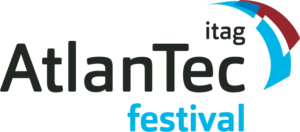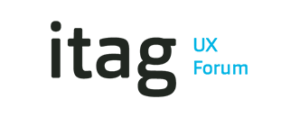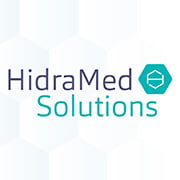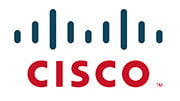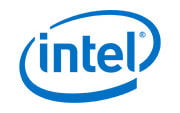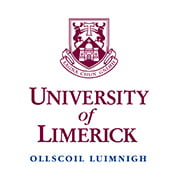Cisco and the Post Covid Office Environment
Switching on a hairdryer in the middle of an itag AtlanTec Festival talk is not something most participants would expect. And yet Cisco collaboration sales specialist, Gerry Kelehan did just that to showcase developments in noise cancelling technology, which they use as part of their strategy to assist employees working from home.
Participants at this year’s festival heard how 98% of companies will have a true hybrid workforce for the first time ever. This has been the biggest transition in industry over the last several decades. The impact of remote working post pandemic is undeniable. At Cisco, their technology developments will not be a complete home working solution – it will be hybrid – with employees working both in-office and remotely. According to Barry Redmond, Cisco technical solutions architect, companies who achieve this hybrid model successfully “will pull away from the competition.”
Cisco collaboration sales specialist, Gerry Kelehan pulls out all the stops at the itag AtlanTec Festival to showcase the importance of noise cancelling technology to help employees working from home.
Data driven strategy:
As employees spend less time in the office, companies must consider the technical challenges of this new way of working and ensure any policy decisions are based on data. Hybrid working requires seamless technology solutions built on the needs of employees. Cisco began their next generation workplace programme last July and continue to harness data to inform their strategy.
As part of this process, they undertook a staff survey of 9.5k employees in 72 locations in conjunction with Leesman. The findings were benchmarked against other industries – based on the concept of the office index and the home index – giving a fresh insight into the satisfaction ratings at Cisco in comparison to other companies.
The survey indicated that a dedicated workspace at home correlated with higher satisfaction rates. At Cisco, a high number of employees – 85% – had a separate room or dedicated area to work from remotely. And yet, this did not reflect in the satisfaction rates, with office satisfaction ranking higher than the home environment. Redmond told participants at the itag AtlanTec Festival that this could be explained by the fact that Cisco have “a range of collaborative tools in the office, while at home, that wasn’t the case.”
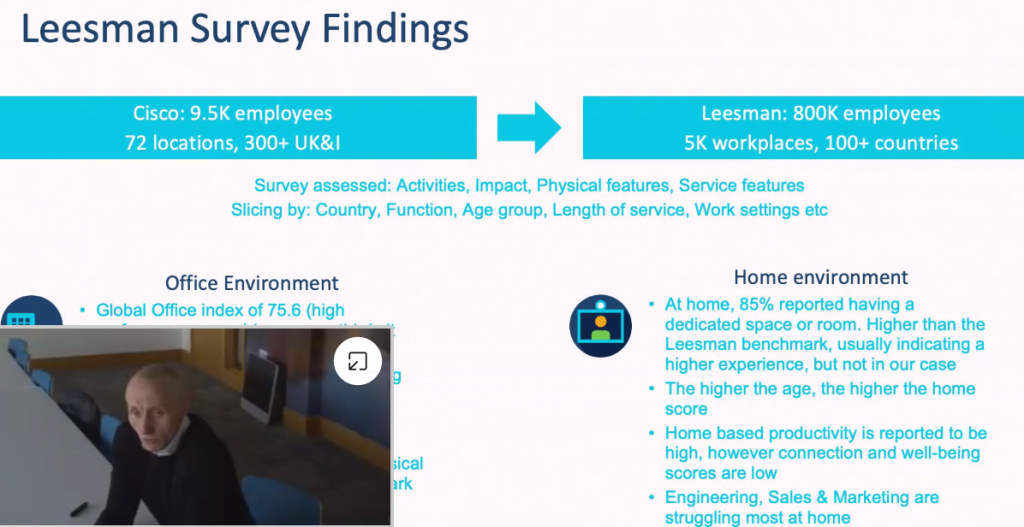
Collaboration hubs:
The findings highlighted how important collaboration hubs are for businesses as they move to a hybrid model, with the results showing the importance of connection for Cisco employees. The shape of the office landscape is changing with a move away from the standard office layout to facilitate this collaborative approach. Redmond told the itag AtlanTec Festival that one “eye opener” was the effect remote working had on the opportunities for employees to learn from each other, with a “massive difference” shown in the home and office index. Part of the Cisco solution is to invest in collaboration centres and remote hubs where teams can come together.
These digitally enabled spaces have had a positive impact in the wider community at home and abroad. The benefits extend beyond the workplace to include the health and public services sectors. Participants at the itag AtlanTec Festival heard case studies from Israel, Australia, Norway, Germany and Kazakhstan from Helena Hunter – who is part of Cisco’s country digital acceleration programme. She explained how digitally enabled spaces have transformed workflow and timelines, while also providing access to new cultural and educational opportunities. For Hunter, government policy to promote a network of digital hubs will be “a gamechanger for rural Ireland and is a move that Cisco welcomes.”
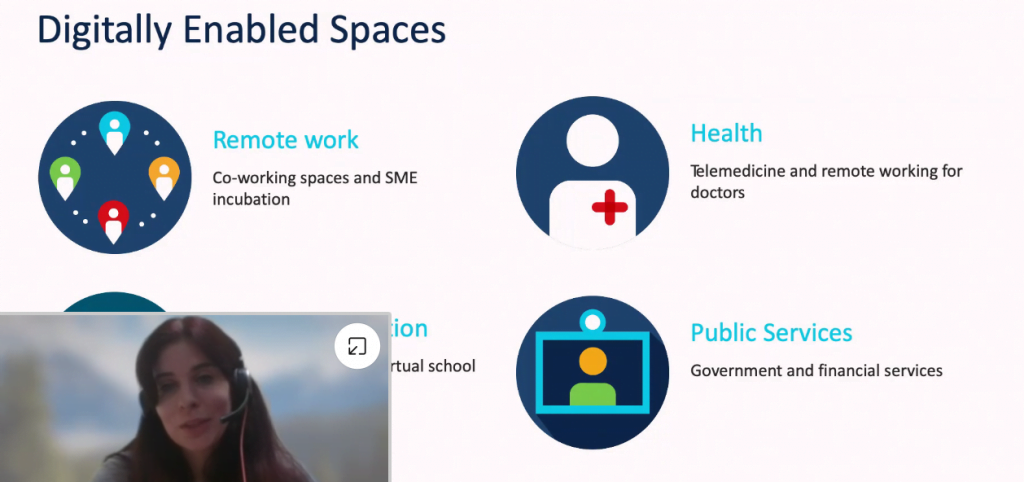
Sign of the times:
Back at the traditional office, Cisco has introduced new automated safety measures to maintain social distancing in line with public health guidelines. For example, digital signage has been rolled out to automate the people count capability of meeting rooms. These digital signs show occupancy, maximum capacity and current status. Video and coding analytics will detect if policy has been violated and an occupancy alert will be issued.

Top takeaway:
By making home working better and ensuring a safe return to the office, the future of work is a hybrid connection based on the data and understanding to date.




